Do you have shoulder pain? You may have a diagnosed injury such as a rotator cuff injury or frozen shoulder. Or you may feel pinching or strain around your shoulders affecting the range of movement of your arm. You may experience tightness in your shoulders contributing to neck pain.
In my Pilates studio in Lennox Head I work with clients with shoulder issues to improve the way they move and reduce pain and the likelihood of injuries recurring.
High intensity exercise can exacerbate an underlying condition so my approach is to work gently to learn correct technique before levelling up.
Signs your shoulders need care:
- Tight neck and shoulders
- Pinching or clunking of the shoulder as your arm moves
- Rotator Cuff injury
- Reduced range of movement of your arm
Why are you getting pain
Our shoulders are designed to move in a certain way. When we have movement habits that wear and tear one muscle or tendon over others this results in pain in the shoulder complex.
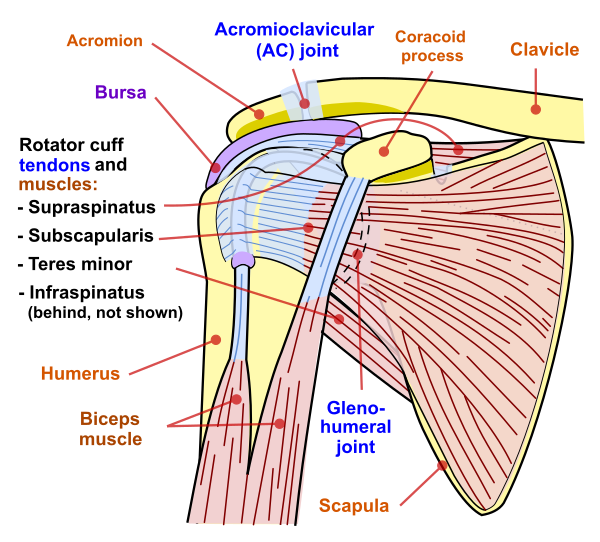
There is a lot going on in a shoulder. There is one thing that will always help your shoulder complex. The position of your arm. With exception of bone spurs, all shoulder issues are improved by proper humeral head (top of the arm) position. You will avoid developing bone spurs by improving your arm position while resting and during movement.
When the humeral head (top of your arm) is being pulled up by tight Trapezius muscles that join up into your neck this puts strain on the rotator cuff muscles. Or if your pec muscles at the front of your chest are pulling your humeral head (top of your arm) forward this will strain the rotator cuff muscles.
Rotator cuff injuries
The job of your rotator cuff muscles is to rotate the top of your arm bone and lift it away from your body. If the position of the head of your arm bone is ‘off centre’ this will wear one or more of your rotator cuff muscles more than the others.
Shoulder bursitis
Bursitis is another common shoulder complaint. You can see in the image above if the arm bone is pressing up and the bursa between the arm bone and the clavicle is getting squashed, over a long period of times, this leads to inflammation of the bursa or shoulder bursitis.
Frozen shoulder
Frozen shoulder also known as adhesive capsulitis is characterised by stiffness and pain in the shoulder. Starting gradually and progressing to limit virtually all movement of the arm. If you think you may have frozen shoulder definitely consult a manual therapist as well as trying the moves below.
Simple moves to improve your arm position
While standing
How you stand can make a difference to the position of your arms in your shoulder joints. If you habitually stand with rounded shoulders this can impinge on the bursa in the shoulder, lengthen and weaken the rotator muscles that attach to your scapula at the back. A good tick is to roll your palms out when standing. This helps to roll your humeral head (top of your arm) and place it back into your shoulder joint.
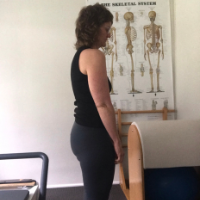
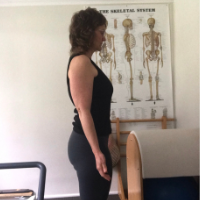
Pec stretch against the wall
Most of us have shoulders that are rounded forward. You can blame sitting a computer, driving, watching TV, most of what we do involves this rounded forward posture. As a result the muscles at the front of the chest that join to the top of your arms known as the “pec” muscles tend to get tight and short. In order to get the top of your arm back into your shoulder joint you may have to stretch these pec muscles. Try this stretch below.
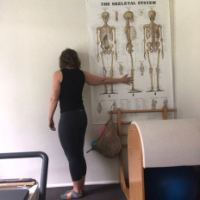
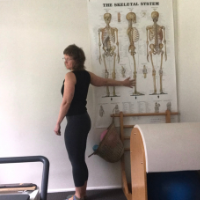
Band rotations
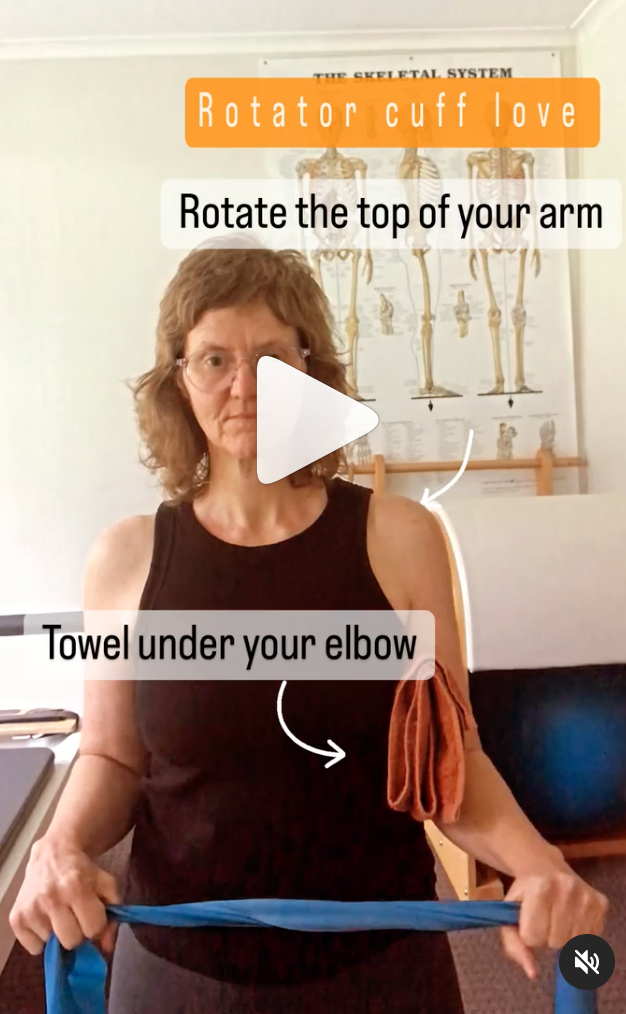
Arm lifts with bar
Video will be loaded soon
While driving
Pinkies lead the way
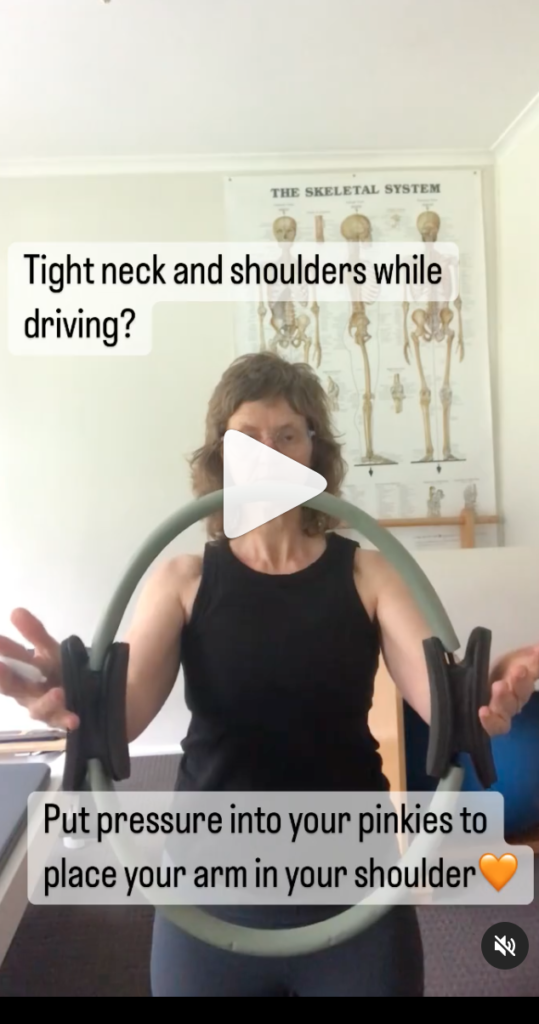
While sleeping
Your position while sleeping can negatively impact your shoulder. If you side sleep on a flat pillow your shoulder can get squashed underneath you as in the image below on the left. Try a higher pillow that keeps your neck in line with your spine and takes this weight off your shoulder as in the image below right.
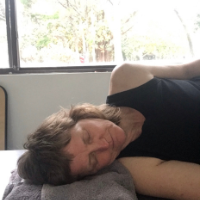
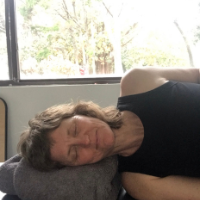
While lifting
I can never let an article go by without mentioning the hip hinge! Hip hinging is a great way to approach lifting in everyday life and this really applies to shoulder position as well. We want the arms to be supported by the back when lifting. If your back is over arched then the arms won’t get the support they need from the back muscles. A quick trick is to tuck the chin when you hip hinge to lift something (see images below). The image on the left shows me popping my chin forward and my back arching as a result. In the image on the right I am tucking my chin and my spine is neutral to allow the full strength of my back to support my arms – a better position for lifting.
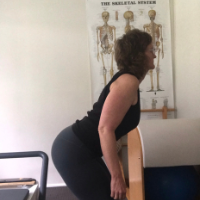
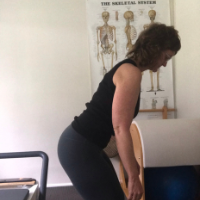
A little every day
The important thing for shoulder care , and really any new movement pattern you want to learn, is to practice a little everyday. Try these moves above everyday for at least 2 weeks to see if your shoulders start to feel better. Or better yet get in touch to schedule a session that is tailored for you.
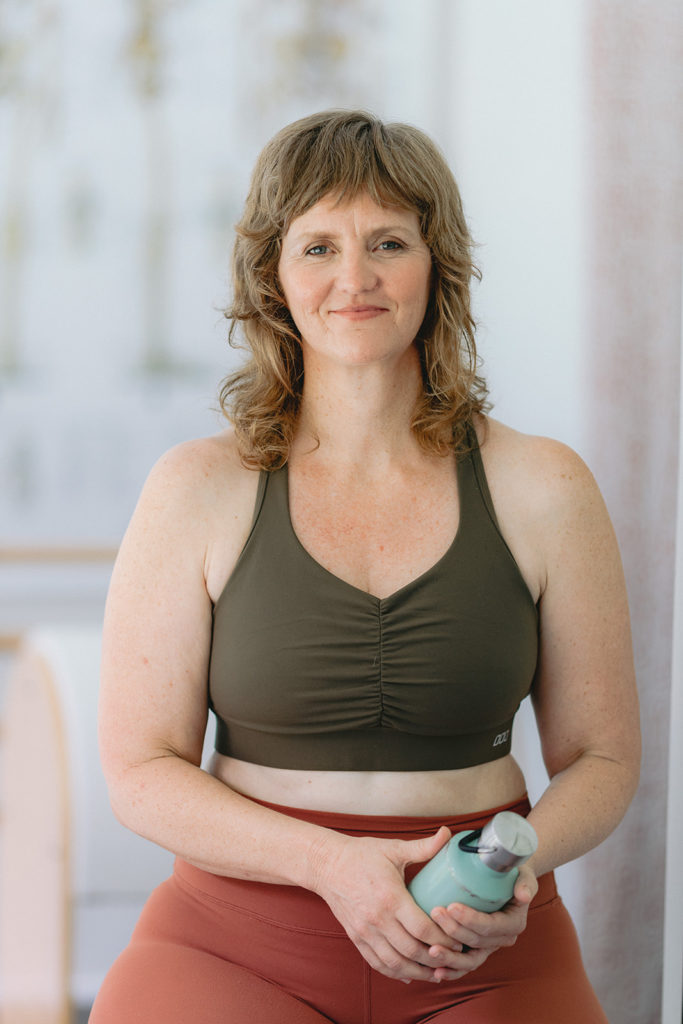
I am Brigid Pearse a certified Pilates instructor, Pregnancy and Post-natal Exercise Specialist, an ex-dancer and a mum. I run a fully equipped Pilates studio from my home in Lennox Head and I run community Pilates mat classes in Byron Bay, Ballina and online.
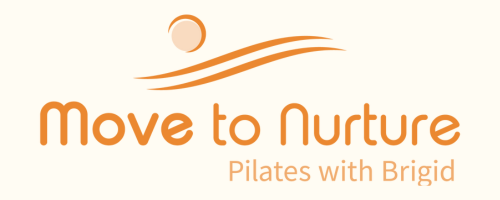
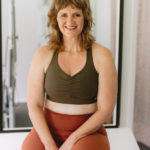
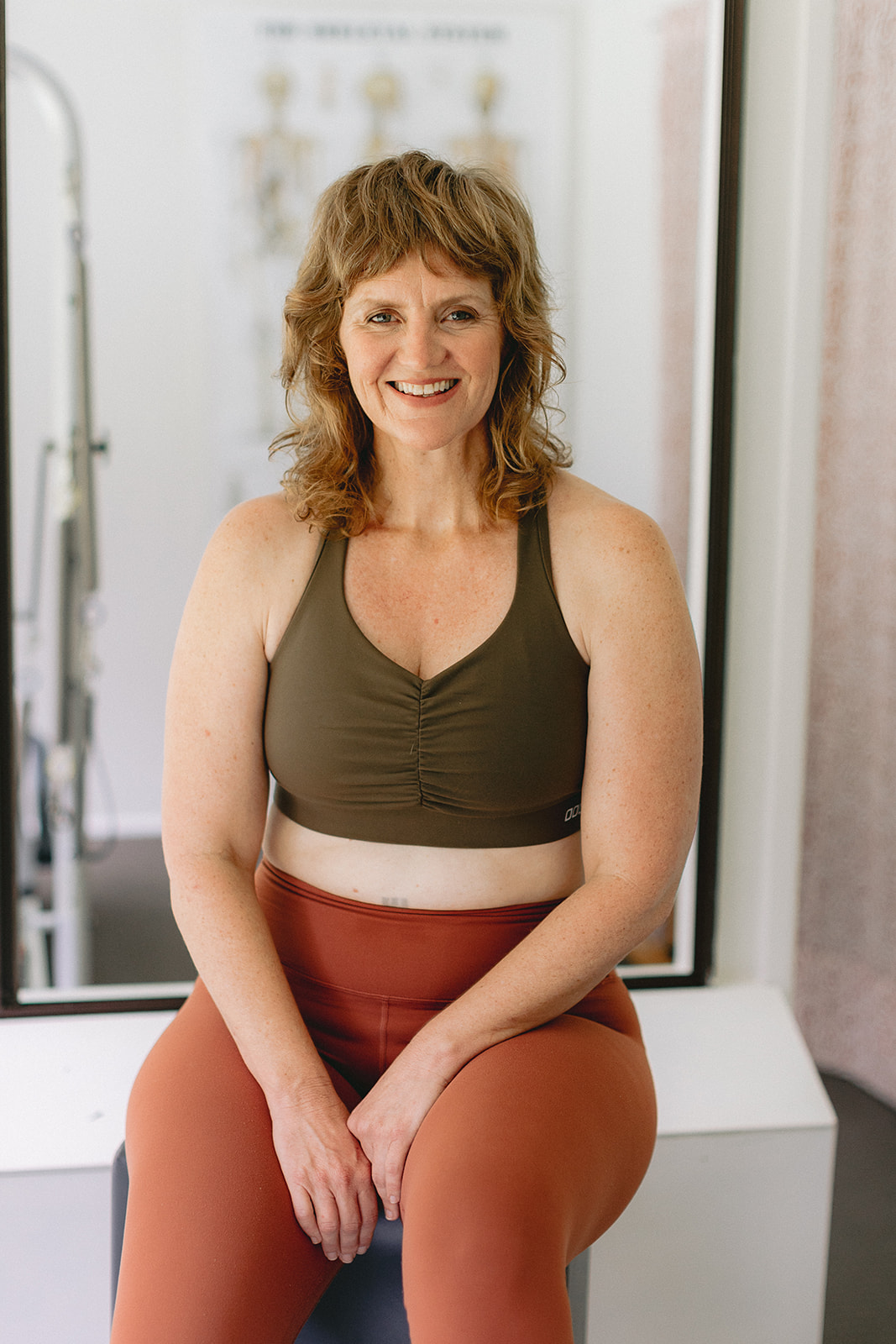



0 Comments